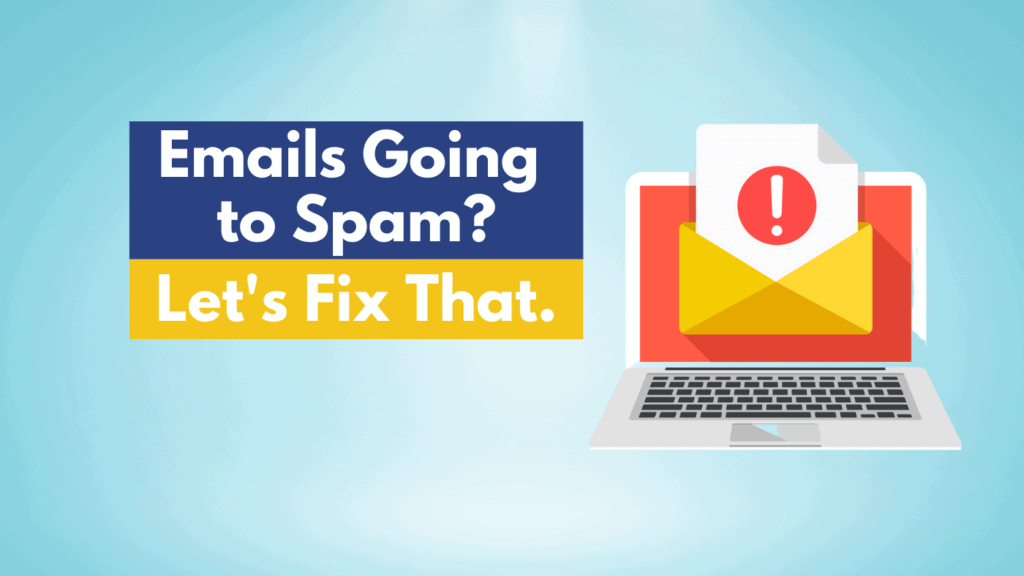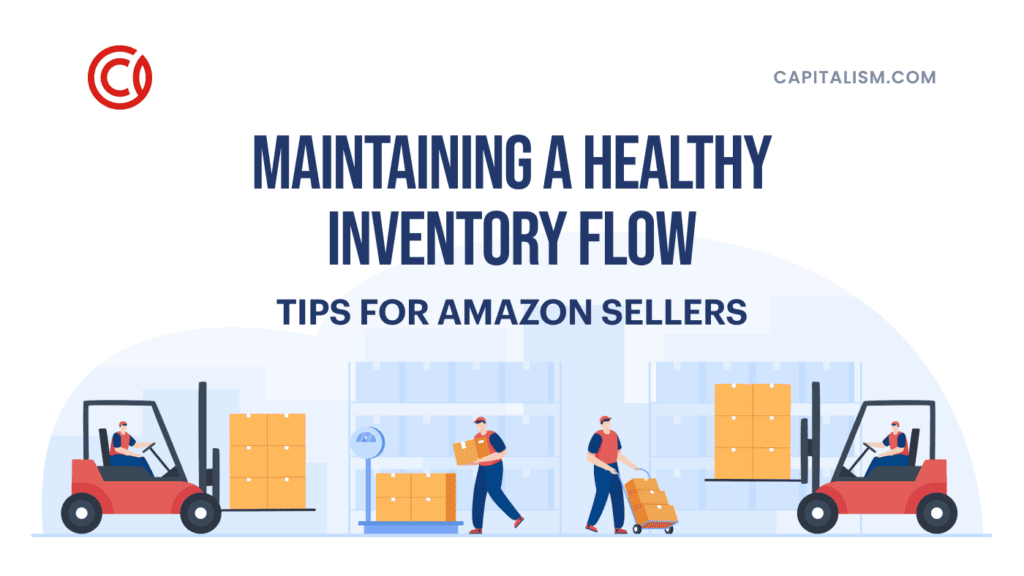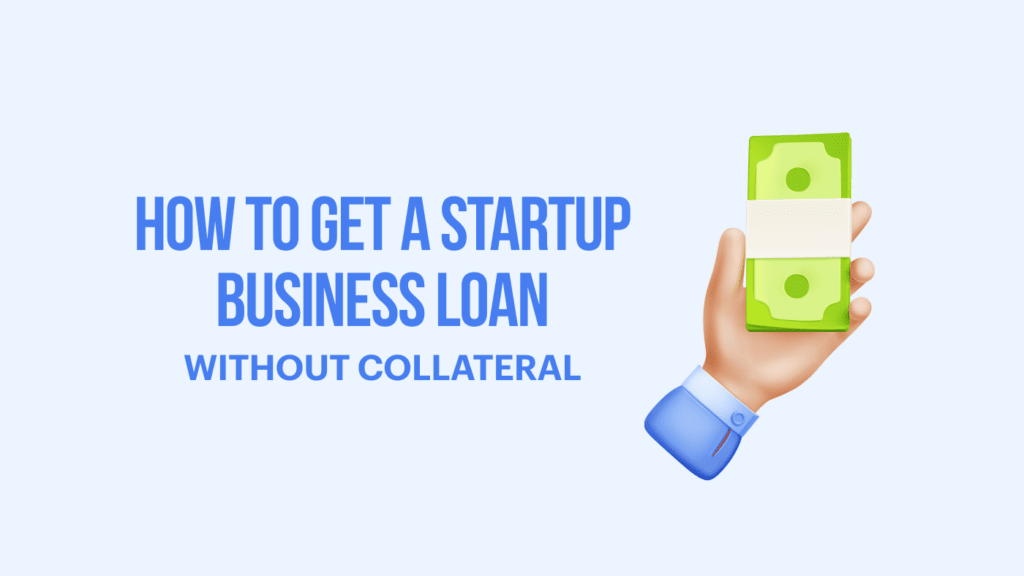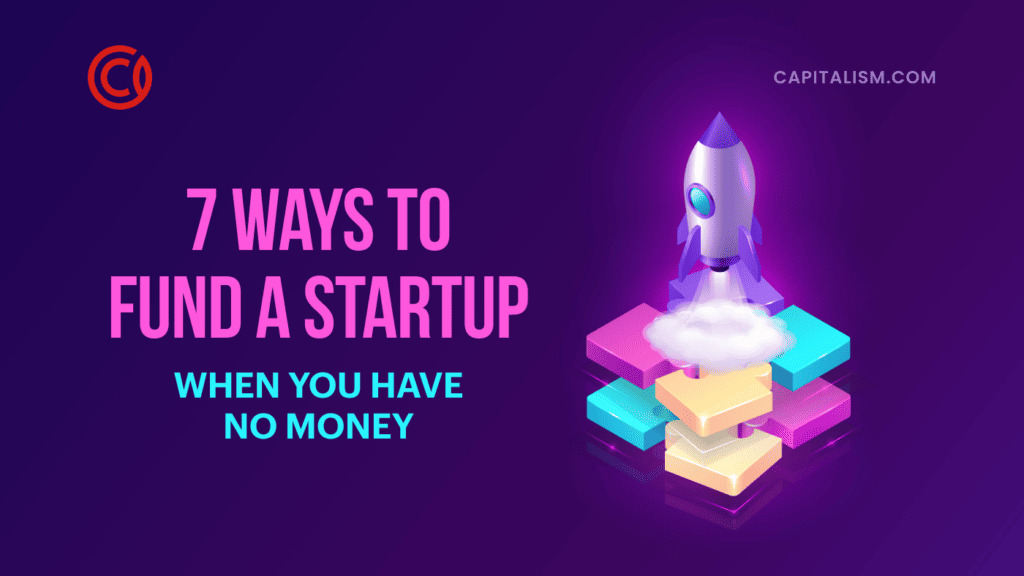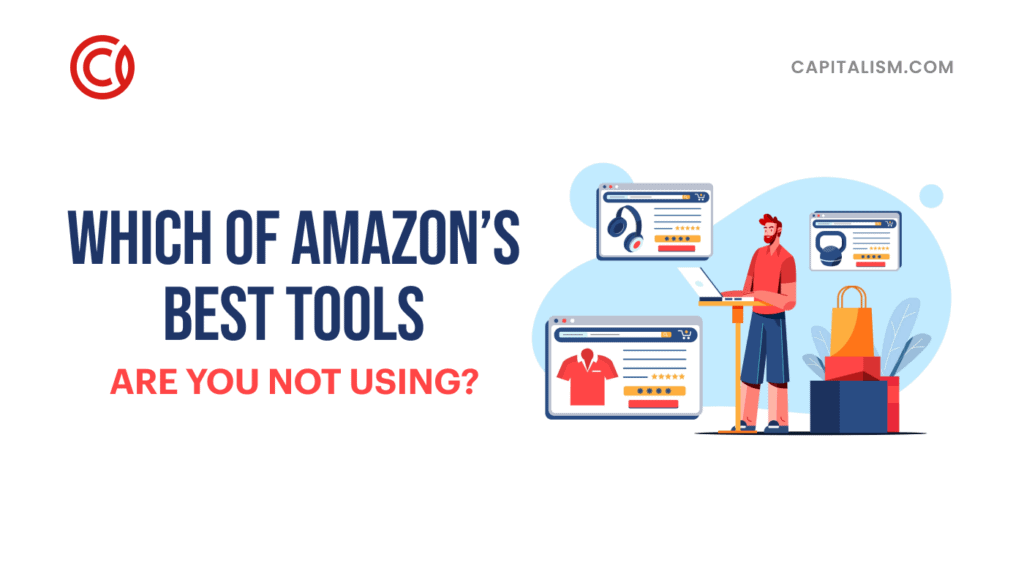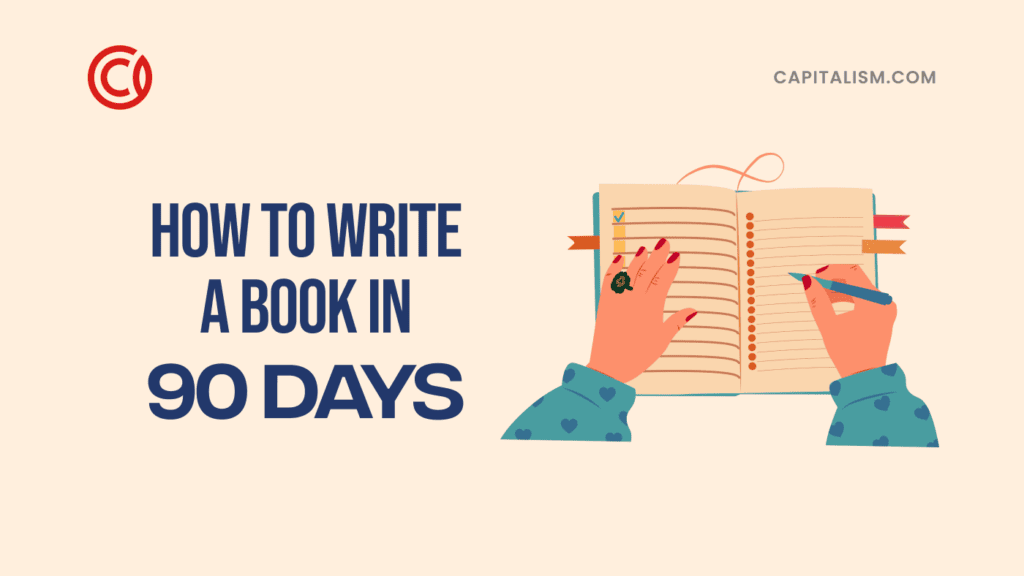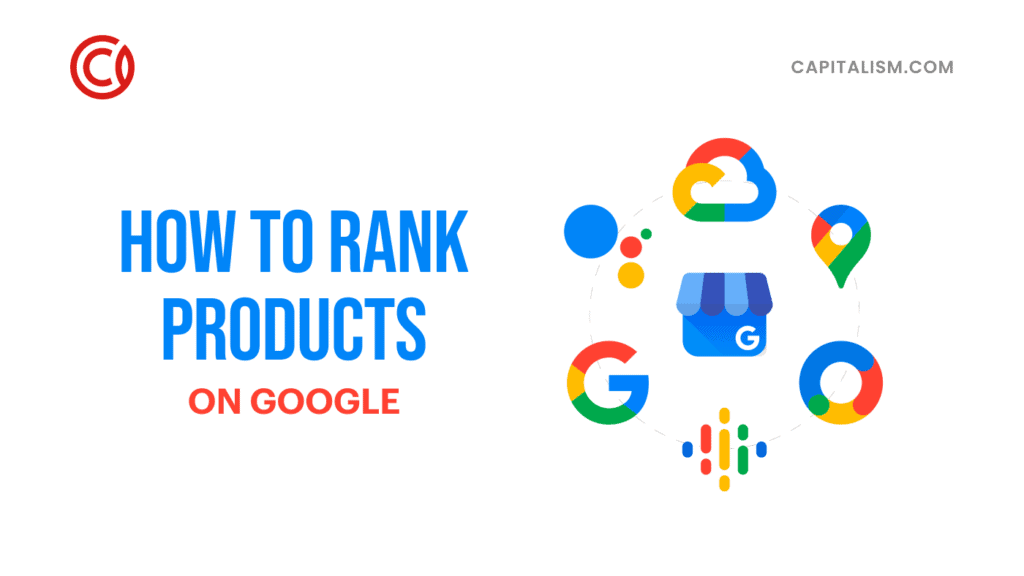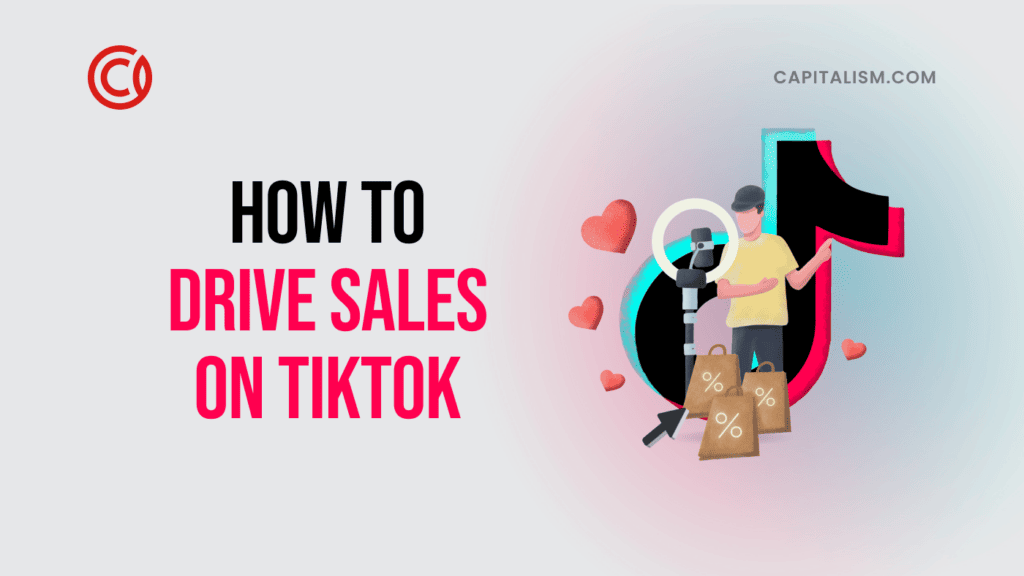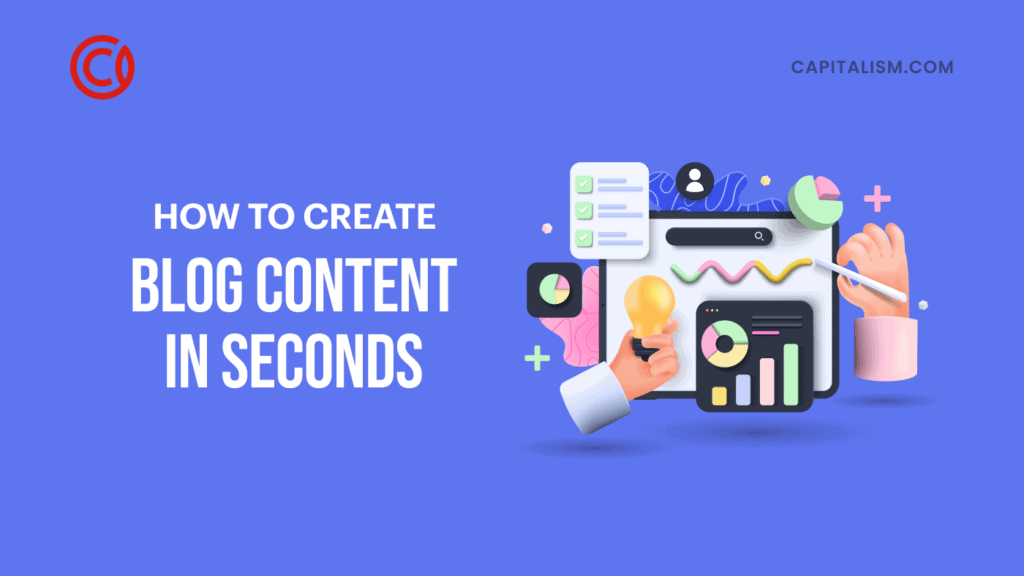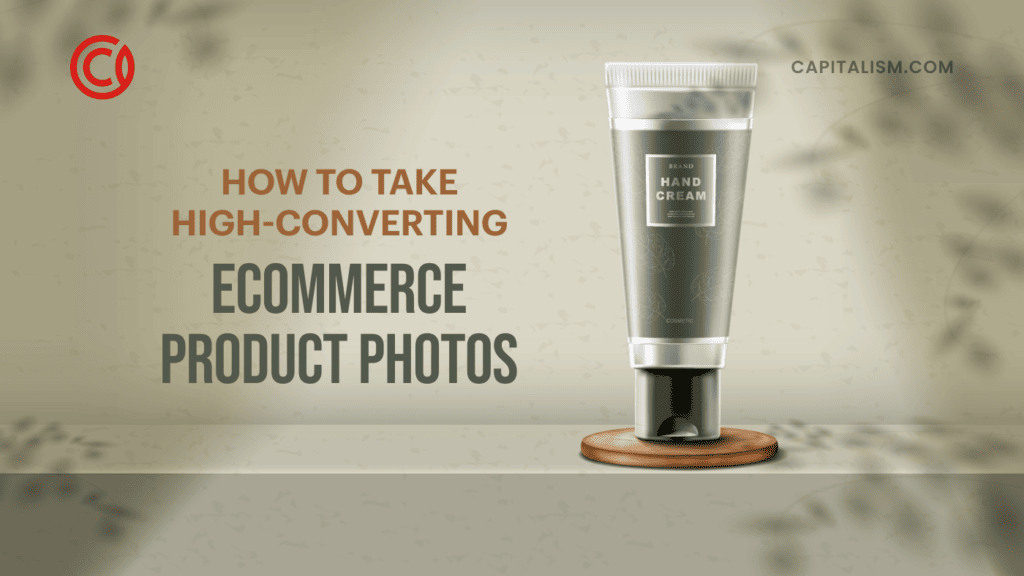Overview
What is email deliverability and why is it important? Deliverability basically refers to what happens to your emails after you hit “send.”
This can be a deep rabbit hole, full of technical jargon and acronyms.
But today, I want to give you some actionable basics to work with, especially if you are just starting out with email marketing.
What we want to avoid is a situation where poor initial setup causes your first few emails to end up in the spam folder, which will result in little to no engagement with your emails, which then confirms to the Email Service Providers (ESPs) such as Gmail and Outlook that your emails are garbage and deserve to be delivered to spam.
It’s a death spiral, and once you’re in spam purgatory, it’s hard to get back out.
In this article, I’m going to give you some high-value beginner tips that will get you into the inbox right away and keep you there.
But here’s a quick win you can implement immediately. Before you send another email, go to mail-tester.com. This website will let you send a test email to a uniquely generated address, and within seconds it will give you back a report about the deliverability of that email. It works well and is free.
If you try this and get back a score under 8/10, you’ll definitely want to keep reading.
The Authentication Acronyms
I consider myself a writer, not a tech geek, so this part is kind of boring. However, it’s pretty darn important, so let’s get it over with first.
What is authentication?
Well, have you ever received an email that looks like it’s from a person or organization you trust, but in fact it’s from a scammer trying to steal a password, your identity, or a chunk of money?
We all have.
In an effort to prevent or minimize phishing and other scams, technical precautions have been added that help to ensure that emails are from who they say they are.
I’m going to keep this as high level and actionable as possible, so if you want to learn the specifics about SPF, DKIM, DMARC (the three primary authentication methods) you can give them a Google and dig in.
What you need to know today is that if you are a noobie using a shared domain on a service like Klaviyo, you don’t need to do anything extra. It’s already set up for you.
Later, if you choose to switch to a dedicated sending domain, your email service provider will have simple, specific instructions for setting up SPF, DKIM, and DMARC. It’s usually as simple as cutting and pasting some info into your website’s DNS records. (Not as scary as it sounds, I promise.)
Engineering Engagement

Having good deliverability long term really depends on what’s inside your emails. I like to get things started with a great welcome series.
Here’s how I break it down:
The Winning Welcome
Email #0: After someone opts in to your list, they are usually shown a thank you page. Before they even go look for your first email, engineer that open by telling them ON the thank you page to go find that email NOW. Tell them if it’s not in their inbox, please check the spam folder!
Email #1: Acknowledge why they are here. Was it a lead magnet? A giveaway? A website pop up? Next, deliver on any promises you made- lead magnet delivery, coupon code, etc.
Set expectations for what follows. Tell them to expect another email tomorrow, telling them a little more about why you’re creating X brand.
And ask for a reply.
Keep the ask extremely simple. Don’t ask for anything that would take them longer than 5 seconds to do.
(I like to ask for empty replies, and I bluntly tell them it helps my future emails avoid spam.)
Email #2: Tell your origin story. Why did you decide to create this brand? Ask for a click to your main domain. Maybe to read a blog article, maybe to view a product… Give them a good reason to click.
Email #3: Mission, vision, and values. Get on your soapbox and tell them who you are and who you serve. Clearly outline WHO your brand is for. Feel free to be a little controversial. Ask for a “reply if you agree.”
Between these 3 emails, you are directing people to heavily engage with you. It also serves to segregate highly engaged, mission-aligned subscribers from the rest. See why this is helpful below:
Extra credit:
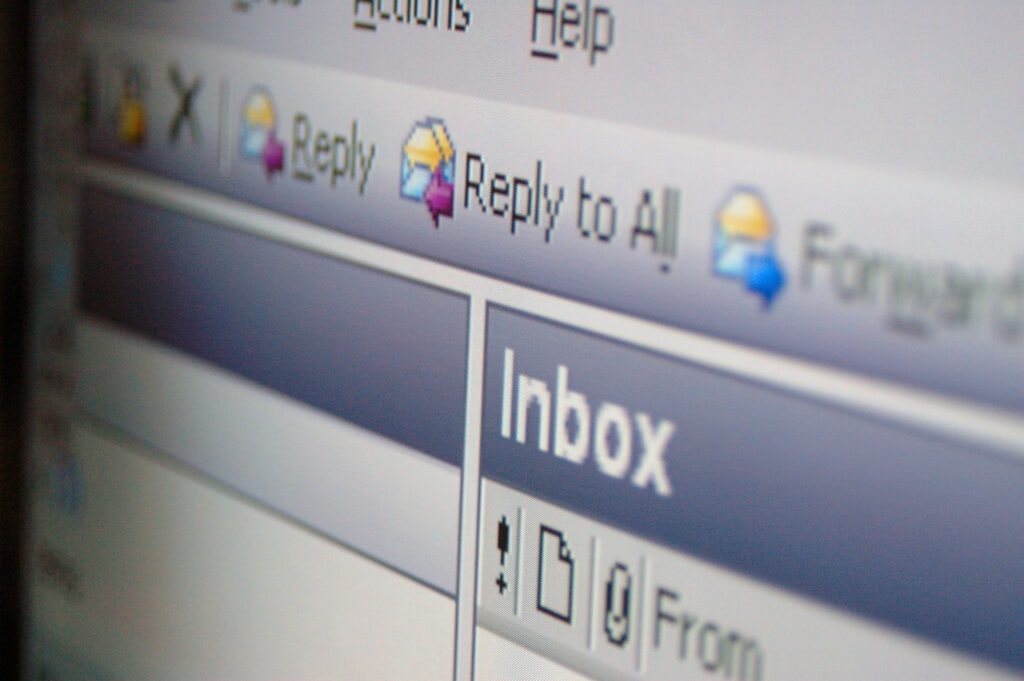
At the end of a welcome series, I like to add some instant segmentation, especially if I’m running cold leads onto the list.
To do this, I insert a conditional split into the welcome automation to trigger 24 hours after the final email.
It segments people into 3 buckets:
Segment 1 (very engaged): everyone who has opened all 3 emails AND clicked a link at least one time. Segment 1 might be ready for a sales message right away. Go ahead and send them an offer.
Segment 2 (kinda engaged): everyone who has opened AT LEAST 1 email OR clicked a link at least one time. Segment 2 probably needs a little more warm up and nurturing. Send them some great content (see Content and Cleaning below).
Segment 3 (naughty list): everyone who has opened ZERO emails AND clicked ZERO links.
Segment 3 is probably a lost cause. Try to engage them with content a few more times, but be prepared to delete this dead weight from your list fairly soon.
Extra Extra credit:
Not everyone joins your list from an opt-in. Sometimes, people will find you, immediately make a purchase, then end up on your list.
Be sure to include all the great brand indoctrination messages from welcome emails #2 and #3 in your “first purchase post-purchase” automation, but adapt the message to speak to a buyer instead of a lead.
Content and Cleaning
Ok, you’ve got all your Authentication Acronyms in order, you’ve written and automated a Winning Welcome, now what?
Now, your job is to consistently send great emails that make people want to open the next one.
Within the conversation about content, there are some technical tips that I’ll share upfront before diving deeper.
First of all, here is a list of tips that will help you stay out of the spam folder:
- Don’t send image-only emails. Make sure to include some text.
- Make sure to include alt-text for any images you include.
- Avoid URL shorteners like bitly.
- Minimize links to other domains.
- Make sure to always include an unsubscribe link.
- Avoid heavy promo language and trigger words in the email itself. “Guarantee” language seems to be especially problematic. Consider sending them from an email to a sales page if you need to do a lot of persuading and selling.
Now let’s talk about the content itself. Remember, the ESPs are looking for engagement. So send engaging content!
One thing that can work well is edu-tainment.
If you have something to teach your audience, please try not to lecture.
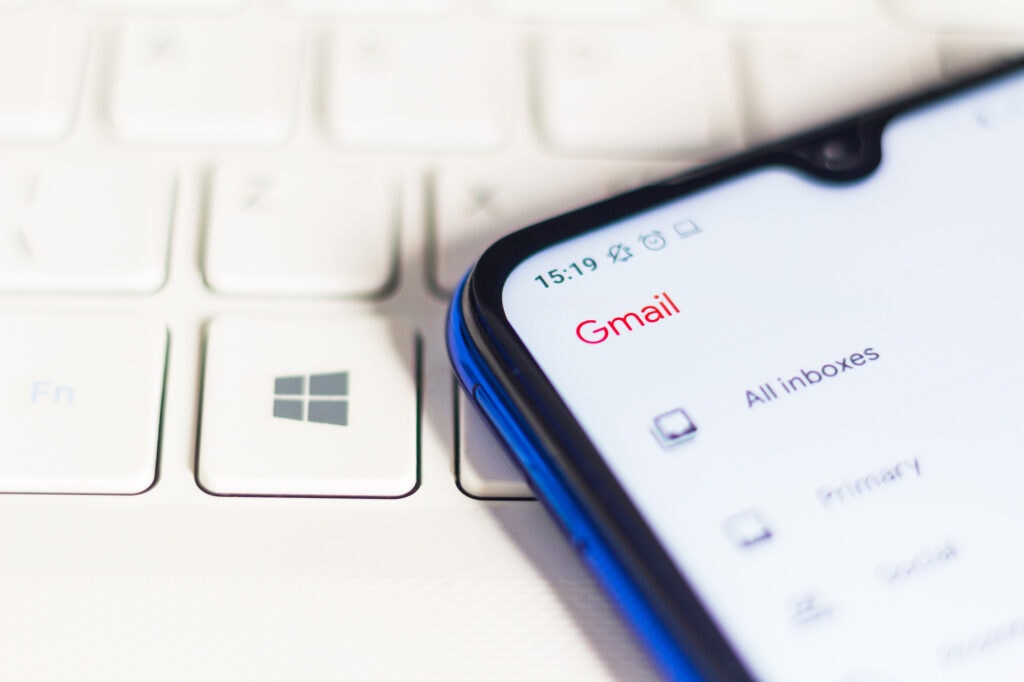
Not only is it boring for the reader, but they are less likely to absorb your lesson.
Instead, wrap it up inside of a story or metaphor.
Also, include “behind the scenes” type content that you do not share publicly on other channels. This helps to humanize you and your brand, but also makes the email list feel special and exclusive.
Every so often, reiterate your mission, vision and values. Show contrast.
Whenever possible, “tease” the content of your next email. Create curiosity and give them a good reason to open the next one.
Send consistently. I recommend once or twice per week, but once a month is better than nothing.
Finally, understand that your email list is a diminishing asset. Not everyone will stay forever, and it’s your job to remove unengaged subscribers if they do not remove themselves.
I know it’s painful to manually suppress subscribers and shrink the size of your list, but friend, if they haven’t opened a single email in 365 days, they’re not really on your list anyways.
Regularly clean the list, but factor in all engagement on a long enough timeline.
Reputation Repair
Alright, so what happens if you’ve already begun and you’re rocking an open rate under 10%?
First of all, please stop. Whatever you’re doing isn’t working. Quit digging the hole deeper.
Begin by sending some test emails to mail-tester.com. It can help you diagnose whether the root cause is bad authentication, bad content, blacklisting, or all of the above.
To begin to repair your sender reputation, make sure all the authentication acronyms are set up properly.
Next, segment your list down to your most active subscribers. Usually a segment of those who have opened or clicked in the last 30 days is a good place to start.
Now, engineer some engaging emails that ask for replies and clicks, and send ONLY to the 30-day engaged segment. Send one email every couple of days.
As your stats improve with this small segment (open rate, click rate), slowly expand the segment you are sending to.
Rinse and repeat. I hate to be the one who tells you this, but for big lists, this process can take MONTHS.
As you keep adding more and more of the total list back in, understand that a (probably significant) number of the subscribers simply aren’t coming back. They must be manually removed from the list to avoid another death spiral in the future.
Takeaway
I hope this has been helpful! Remember, get your authentication acronyms in order, create a Winning Welcome, then consistently deliver good content. You’re on your way to becoming an email marketing master!
Of course, email marketing is just one marketing skill you can use to build a real business you can scale to seven figures and sell for a meaningful exit. If you’re ready to build a business like that, watch this free video series.
About the Author
Greg Johnson is an entrepreneur who is passionate about helping others achieve their goals. He has built six and seven figure businesses in the past. Today, Greg serves as Head of Coaching at Capitalism.com, works with a handful of consulting clients, and runs a small invitation-only email marketing agency.
